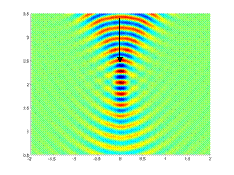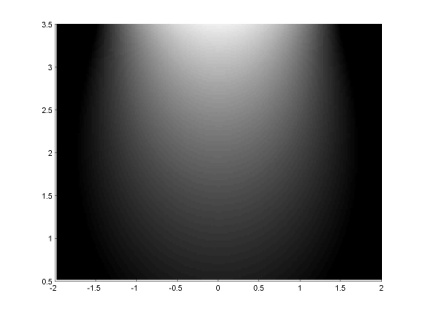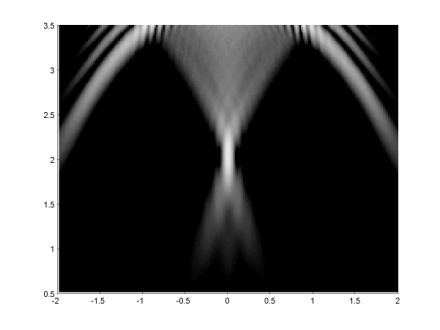
†Sound
focalization by WFS
(Delft University of Technology, 90ís)
(Delft University of Technology, 90ís)
Array

Sensible
parameters:
The front curvature is obtained by means of a gain-delay
set ..

convex
focus
concave





Set
the beam
width..
Spatial
aliasing,
secondary lobes..


Gains


Delays

Common filter

r
13/02/2008